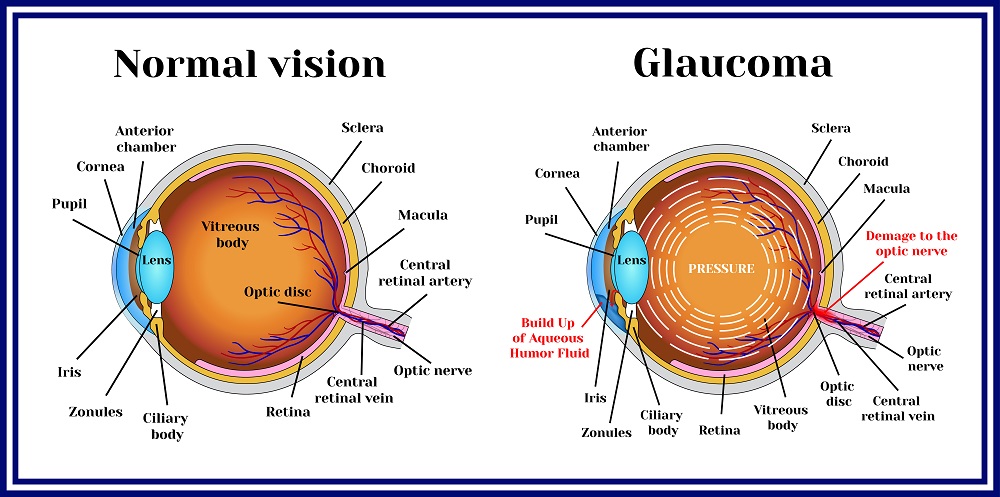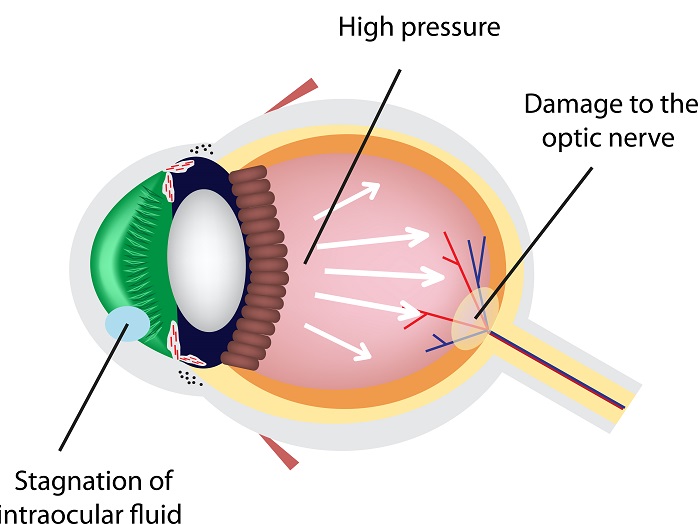Comprehensive Retina Service Near Me: Professional Look After Your Vision
Comprehensive Retina Service Near Me: Professional Look After Your Vision
Blog Article
Recognizing the Various Vision Modification Procedures Available for Clearer Sight
In the world of vision modification procedures, a wide variety of options exist to deal with refractive errors and offer individuals with more clear view. From the commonly recognized LASIK surgery to less intrusive treatments like PRK and implantable lenses, the field of ophthalmology offers an array of methods tailored to suit different demands and preferences. Each procedure comes with its own set of factors to consider, advantages, and possible threats. Understanding the subtleties of these vision modification approaches is critical for making informed choices concerning one's aesthetic health and wellness. Let's check out the complexities of these procedures and clarified the course to attaining boosted vision quality.
LASIK Surgery
LASIK surgical procedure is an usual refractive treatment utilized to correct vision problems such as farsightedness, astigmatism, and nearsightedness - retina service near me. This surgical method, which represents Laser-Assisted in Situ Keratomileusis, aims to improve the cornea to boost exactly how light is concentrated on the retina, inevitably enhancing vision clarity. During the treatment, a slim flap is developed on the cornea, and a laser is made use of to eliminate accurate quantities of tissue to reshape it suitably. This improving enables light to be precisely concentrated onto the retina, fixing refractive mistakes.
One of the primary benefits of LASIK surgical procedure is the fast renovation in vision experienced by individuals. On the whole, LASIK surgery is a prominent choice for individuals looking for a lasting option for their vision issues.
PRK Procedure
While also a typical refractive procedure, the PRK (Photorefractive Keratectomy) technique varies from LASIK surgery in its method to dealing with vision problems. In PRK, instead of developing a flap on the cornea, the outer layer of the cornea, called the epithelium, is completely gotten rid of. This permits the laser to improve the cornea to correct refractive mistakes such as farsightedness, astigmatism, and nearsightedness directly on the surface.

Regardless of the longer healing time, PRK can produce exceptional lead to vision improvement, making it a beneficial choice for those who might not be suitable prospects for LASIK surgical procedure.
Implantable Lenses
Unlike PRK where the cornea is reshaped directly, implantable lenses use another technique for fixing vision by putting synthetic lenses inside the eye. This treatment is especially beneficial for individuals with high levels of farsightedness, astigmatism, or nearsightedness that might not appropriate candidates for laser surgical procedures like LASIK or PRK.
Implantable lenses, also known as phakic intraocular lenses, work by supplementing the eye's natural lens with a man-made one. glaucoma service near me. These lenses can be put before the natural lens (former chamber) or behind the iris and before the all-natural lens (posterior chamber) By readjusting the power and positioning of these lenses, ophthalmologists can efficiently remedy refractive mistakes and boost visual skill
One advantage of implantable lenses is that they are exchangeable and removable, giving flexibility for future modifications. As with any kind of medical treatment, there are dangers entailed, such as infection or cataract formation. Patients taking into consideration implantable lenses must seek advice from an eye care specialist to figure out one of the most ideal option based on their specific demands and eye health and wellness.
Corneal Rings
Corneal rings, also called intracorneal ring sections, are small, clear devices placed into the cornea to remedy vision distortions such as keratoconus. Keratoconus is a problem where the cornea thins and protrudes exterior, creating vision to become altered. The insertion of corneal rings assists to flatten the her comment is here cornea, enhancing visual acuity and minimizing the uneven astigmatism brought on by keratoconus.
The treatment for putting corneal rings is minimally intrusive and reasonably quick, usually done as an outpatient treatment. During the surgical procedure, the eye doctor makes a tiny laceration in the cornea and inserts the rings at a certain depth. As soon as in place, the rings assist to reshape the cornea, providing a smoother surface area for light to go into the eye, which can result in more clear vision.
Corneal rings are taken into consideration a reversible treatment, as they can be eliminated or changed if necessary. refractive surgeries in al. While they might not entirely eliminate the demand for glasses or contact lenses, corneal rings can significantly boost vision quality and overall visual comfort for people with keratoconus or other corneal irregularities
Refractive Lens Exchange
Adhering to the correction of corneal abnormalities with procedures like corneal rings, one more vision adjustment method that can resolve refractive errors is Refractive Lens Exchange (RLE) RLE is a surgery that entails replacing the eye's natural lens with a fabricated intraocular lens (IOL) to remedy refractive mistakes such as farsightedness, presbyopia, and nearsightedness. This treatment is specifically beneficial for people that may not be appropriate candidates for treatments like LASIK or PRK because of factors such as thin corneas or high refractive mistakes.

Final Thought
In conclusion, there are numerous vision adjustment procedures look at here now available to help individuals attain clearer view. LASIK surgical procedure, PRK treatment, implantable lenses, corneal rings, and refractive lens exchange are all alternatives that can address various vision problems.
In the world of vision correction procedures, a wide variety of choices exist to resolve refractive mistakes and offer people with clearer view.LASIK surgery is a typical refractive procedure utilized to correct vision problems such as farsightedness, astigmatism, and nearsightedness.While additionally a typical refractive procedure, the PRK (Photorefractive Keratectomy) technique varies from LASIK surgical procedure in its strategy to dealing with vision troubles.Complying with from this source the modification of corneal abnormalities with treatments like corneal rings, one more vision correction strategy that can resolve refractive errors is Refractive Lens Exchange (RLE) LASIK surgery, PRK procedure, implantable lenses, corneal rings, and refractive lens exchange are all options that can attend to various vision concerns.
Report this page